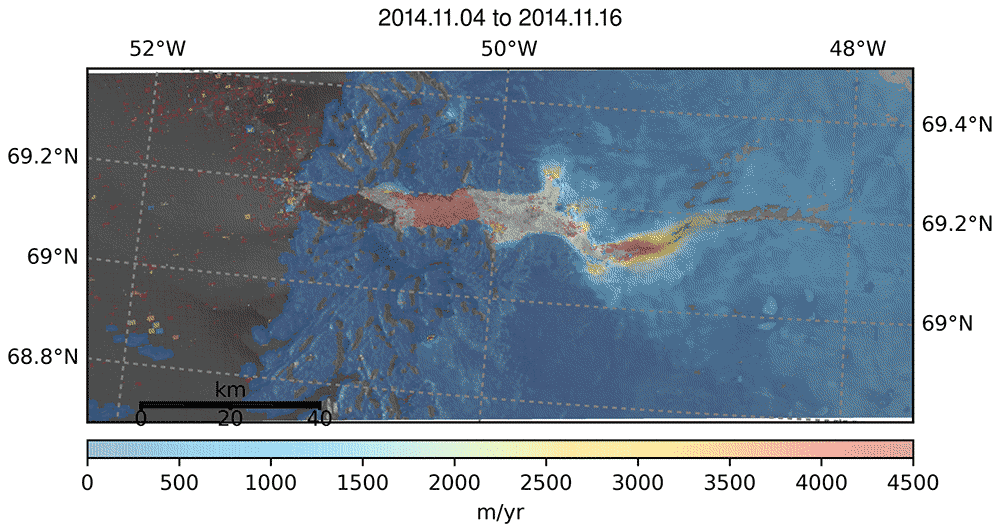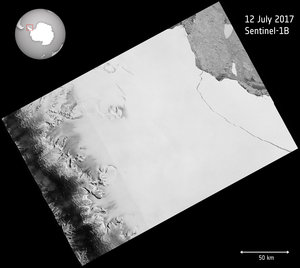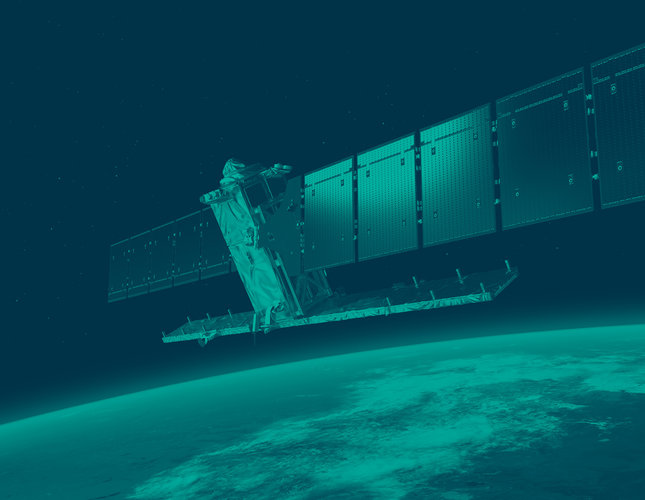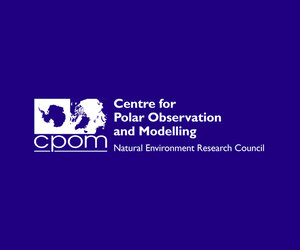It’s all go in summer for Greenland’s glaciers
The Copernicus Sentinel-1 mission has revealed that, on average, Greenland’s glaciers are now flowing more slowly into the Arctic Ocean. While glacial flow may have slowed overall, in summer glaciers flow 25% faster than they do in the winter.
While the general flow has reduced in recent years, during the summer it speeds up, with glaciers flowing up to 25% faster than in the winter.
A paper published recently in The Cryosphere details research led by the UK’s Centre for Polar Observation and Modelling (CPOM) where the Copernicus Sentinel-1 mission was used to track Greenland’s four main glaciers: Jakobshavn Isbrae, Petermann, Nioghalvfjerdsfjorden and Zachariae Isstrom between 2014 and 2017.
We all know that ice melts pretty quickly under the summer sun, but monitoring exactly how glacial flow changes according to the season is important for understanding glacial dynamics. In turn, this is vital to assess the risk of sea-level rise, which is a major concern around the world.
Together, these four glaciers contain enough water to raise global sea levels by 1.8 m.
Adriano Lemos from CPOM noted, “Sentinel-1 has real advantages for studying glaciers. We now get more data and more often so we can see the finer detail in even the most inaccessible and fast-moving areas.”
Part of European Union’s fleet of Copernicus missions, Sentinel-1 is a two-satellite constellation that images the entire Earth every six days – important for monitoring rapid change.
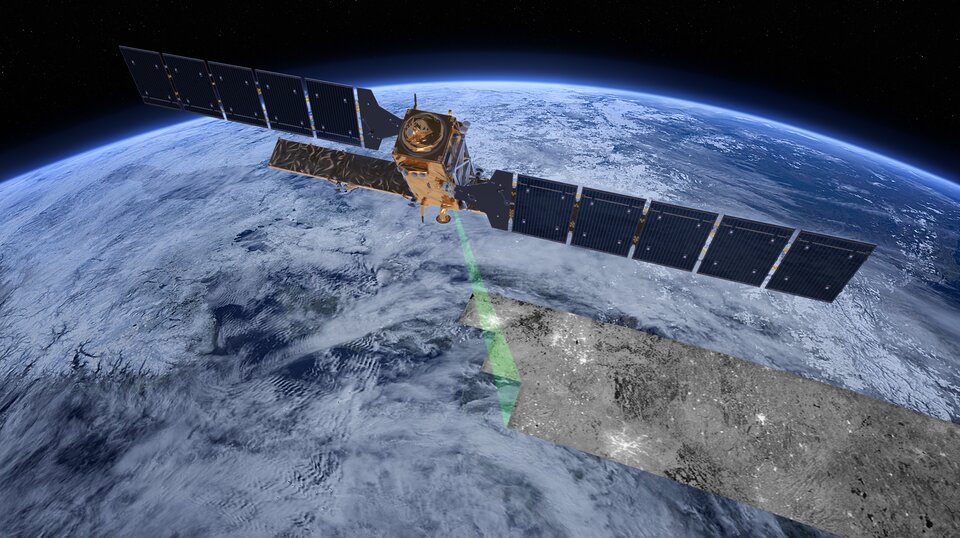
Each satellite carries an advanced radar instrument that can image Earth’s surface through cloud and rain and regardless of whether it is day or night.
This is essential for monitoring the polar regions, which are shrouded in darkness during the long winter months.
“Using various satellite data, our research revealed that Jakobshavn Isbrae, which is Greenland’s fastest flowing glacier, reached a peak of 17 km per year in 2013, the result of an unusually warm summer,” explained Dr Lemos.
“But data, and in particular from the Sentinel-1 mission after the launch of the first satellite in 2014, show that, on average, it has actually slowed down by 10% since 2012.
“This is overlaid by a seasonal pattern, with the glacier accelerating by up to 14% over a three-month summer period before slowing down again in winter.
“We saw this summer speed-up at all four glaciers and it is important that we continue to monitor this speed throughout the year to fully understand how the glaciers are moving.”
Anna Hogg also from CPOM added, “Acquiring all this valuable radar data needed international coordination between multiple space agencies such as ESA and the German Aerospace Center DLR.
“This paper shows how our efforts are being rewarded through improving our understanding of environmental change in Greenland.”
CPOM Director, Andy Shepherd, summarised, “We have shown how the new generation of radar satellites can give us important details on ice velocity across the Greenland ice sheet.
“Next, we will use Sentinel-1 to investigate the patterns seen here, further improving our understanding of how these glaciers will respond to a changing climate.”


